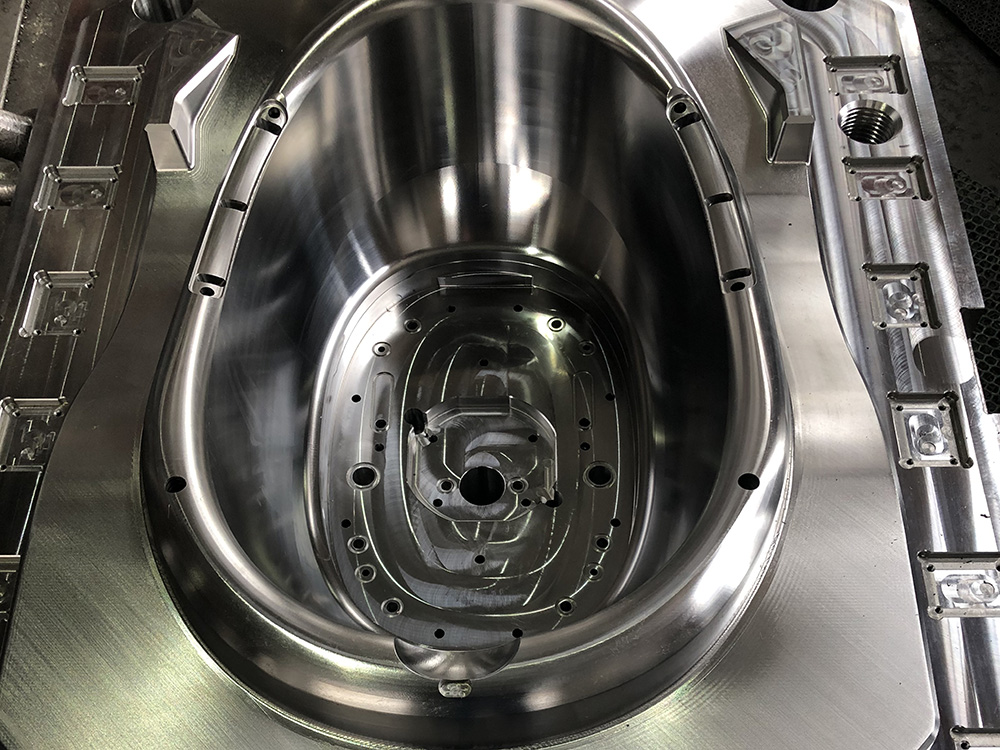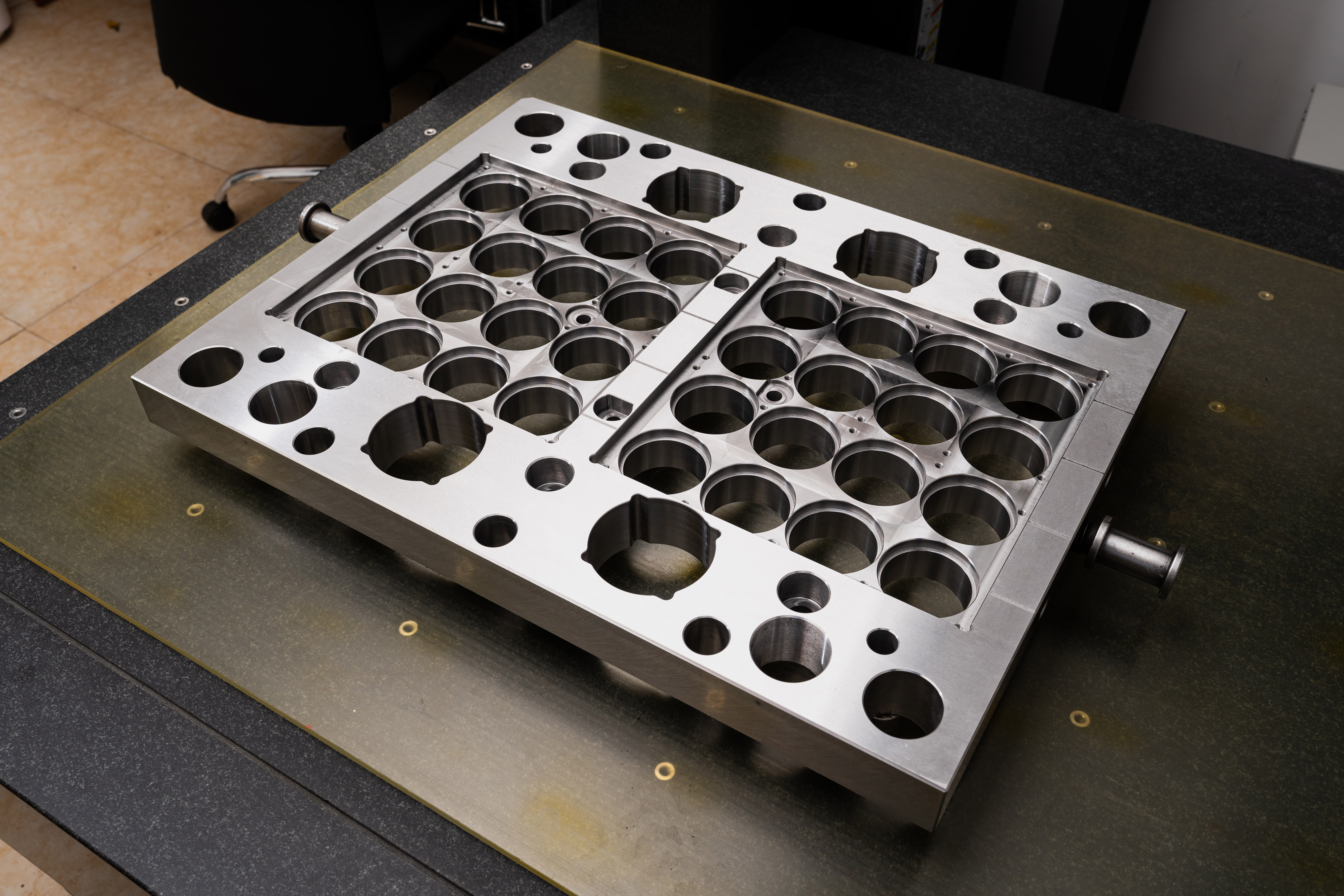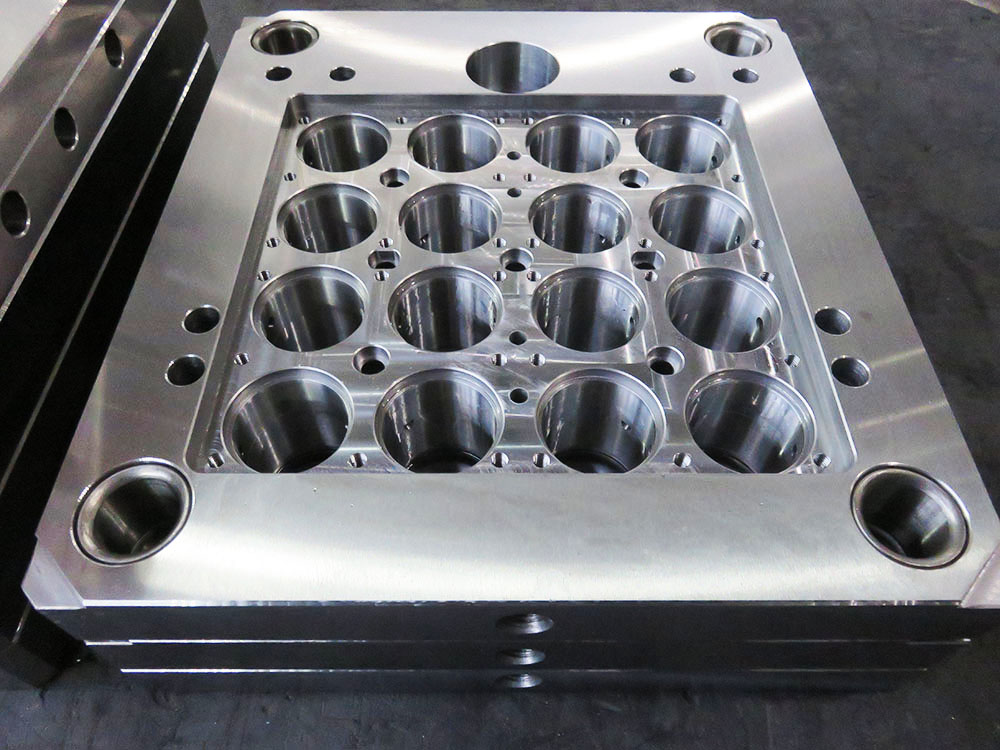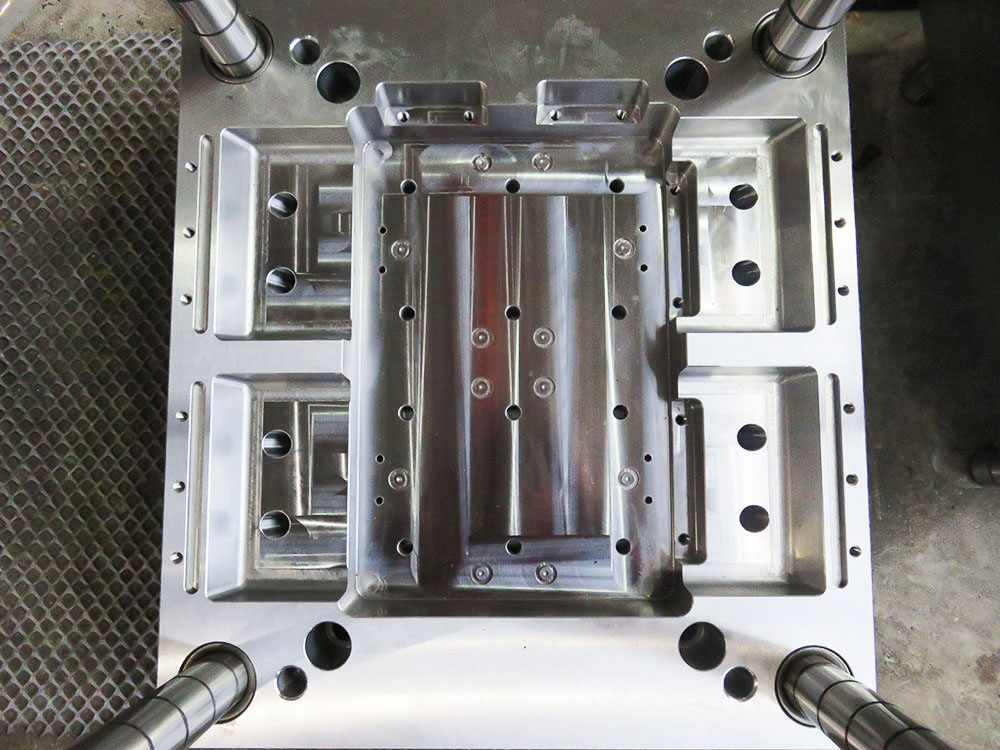Effective Steps to Documenting the Process of Model Building in the Mold Base Industry
Model building plays a crucial role in the mold base industry, as it enables the creation of precise and accurate molds for various applications. Documenting the process of model building is of utmost importance to ensure consistency, traceability, and continuous improvement. In this article, we will outline the effective steps to adequately document the process of model building in the mold base industry.
Step 1: Define the Scope
Before starting the model building process, it is essential to define the scope of the project. This includes determining the specific requirements, objectives, and constraints. By clearly defining the scope, it becomes easier to document the process accurately and efficiently.
Step 2: Identify the Key Stakeholders
Identifying the key stakeholders involved in the model building process is vital. This may include designers, engineers, suppliers, and quality control personnel. Engage with the stakeholders to understand their expectations and requirements, as their inputs will greatly influence the documentation process.
Step 3: Document the Design Inputs
The next step is to document the design inputs, which involve gathering information about the mold requirements, specifications, and standards. This may include material properties, dimensional tolerances, surface finish, and any other relevant details. Clearly recording these design inputs ensures that the model building process aligns with the desired outcomes.
Step 4: Document the Design Process
The design process is a critical step in model building, where the 3D model of the mold base is created. Document the steps involved in creating the design, including the software used, the algorithms applied, and any design iterations undertaken. This documentation serves as a reference for future improvements and troubleshooting.
Step 5: Record the Material Selection
The selection of materials for the mold base is a crucial decision, as it directly affects the quality and durability of the final product. Document the process of material selection, including the considerations taken into account, such as cost, mechanical properties, machinability, and chemical resistance. This documentation ensures traceability and assists in making informed decisions in future projects.
Step 6: Capture the Manufacturing Process
The manufacturing process of the mold base involves various steps, such as CNC machining, heat treatment, and surface finishing. Document each step clearly, including the machinery used, the parameters set, and any quality checks performed. This documentation facilitates process optimization, troubleshooting, and replication.
Step 7: Document Quality Control Measures
To ensure the quality of the model building process, it is necessary to document the quality control measures employed. This may include inspections, tests, and validations carried out during and after the manufacturing process. The documentation of quality control measures enables the establishment of standards, detection of defects, and continuous improvement.
Step 8: Maintain a Change Management System
In a dynamic industry like mold base, changes are inevitable. Establish a change management system to document any modifications made during the model building process. This includes recording the reasons for the change, the associated impacts, and the approval process. This documentation ensures accountability and facilitates future analysis.
Step 9: Review and Update Documentation
Regularly review and update the documentation to match the evolving requirements and industry best practices. Create a systematic review process to ensure the accuracy and relevance of the documented process. This step allows for continuous improvement and aligns the model building process with industry advancements.
Step 10: Training and Knowledge Transfer
Lastly, document the training and knowledge transfer process for the model building process. This includes creating training materials, conducting workshops, and ensuring proper dissemination of information. Effective training and knowledge transfer enable the replication of successful processes and enhance the overall competence of the team.
In conclusion, documenting the process of model building in the mold base industry is essential for consistency, traceability, and continuous improvement. By following these effective steps, stakeholders can ensure that the process is accurately documented, enabling the creation of precise and accurate molds for various applications.




